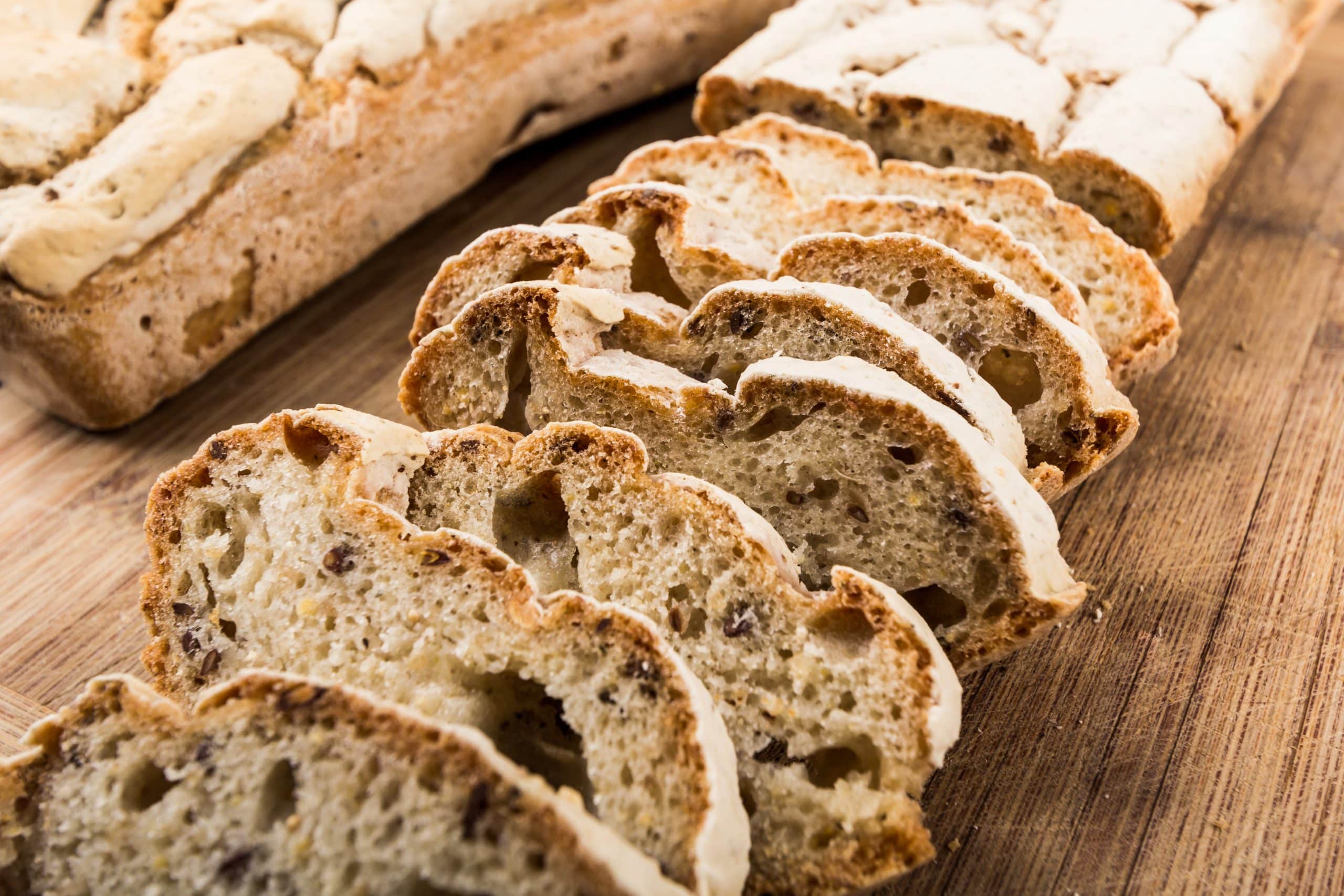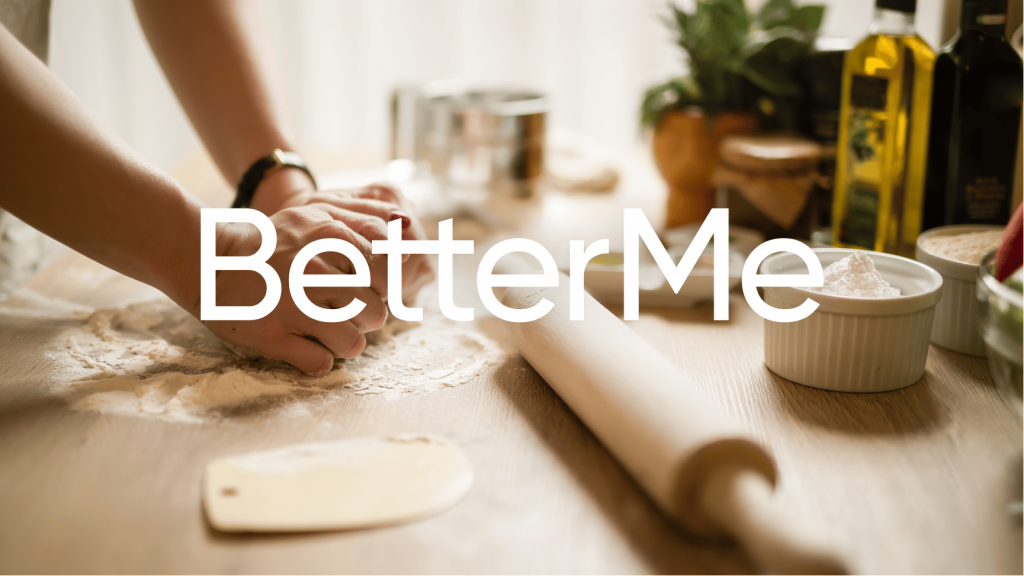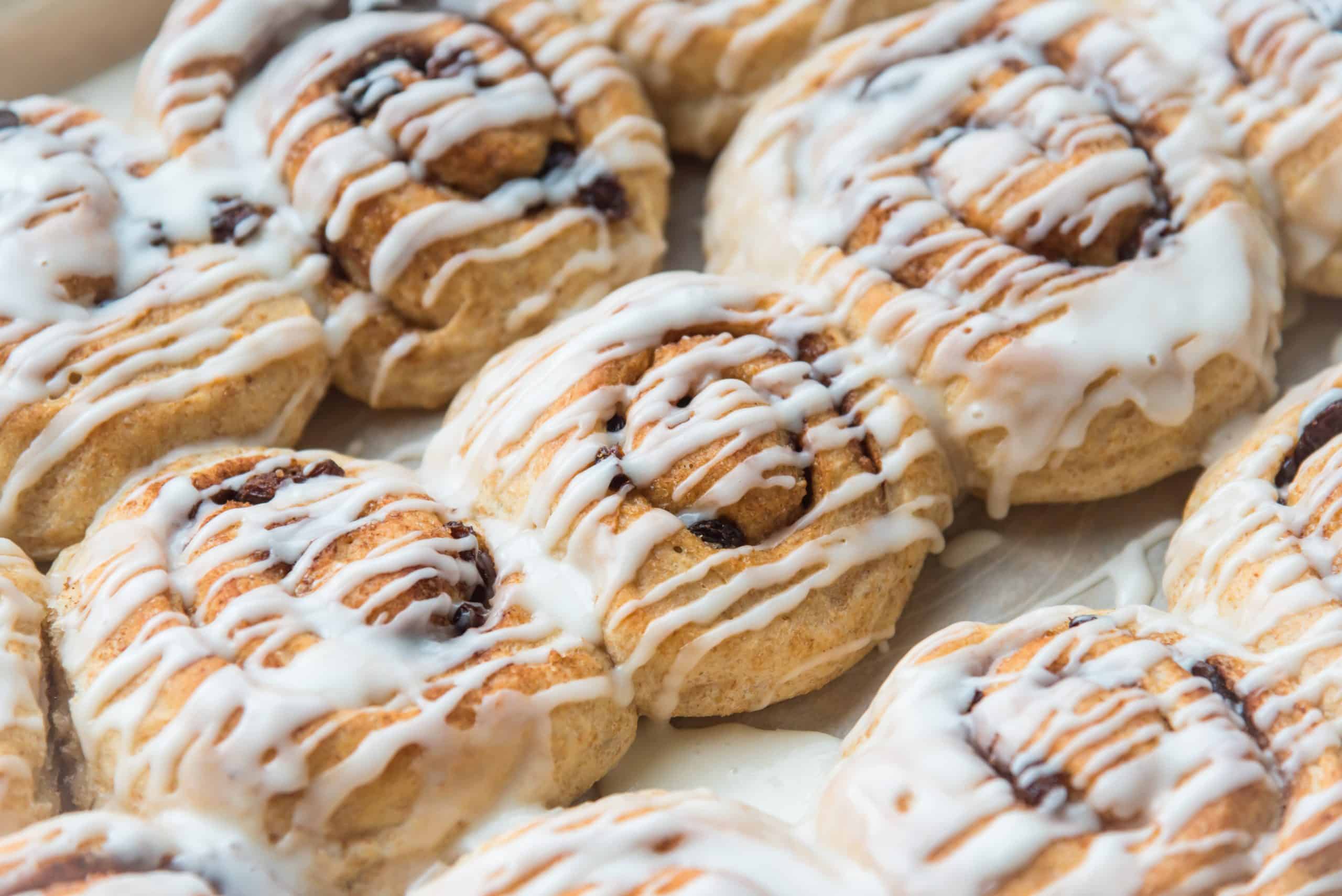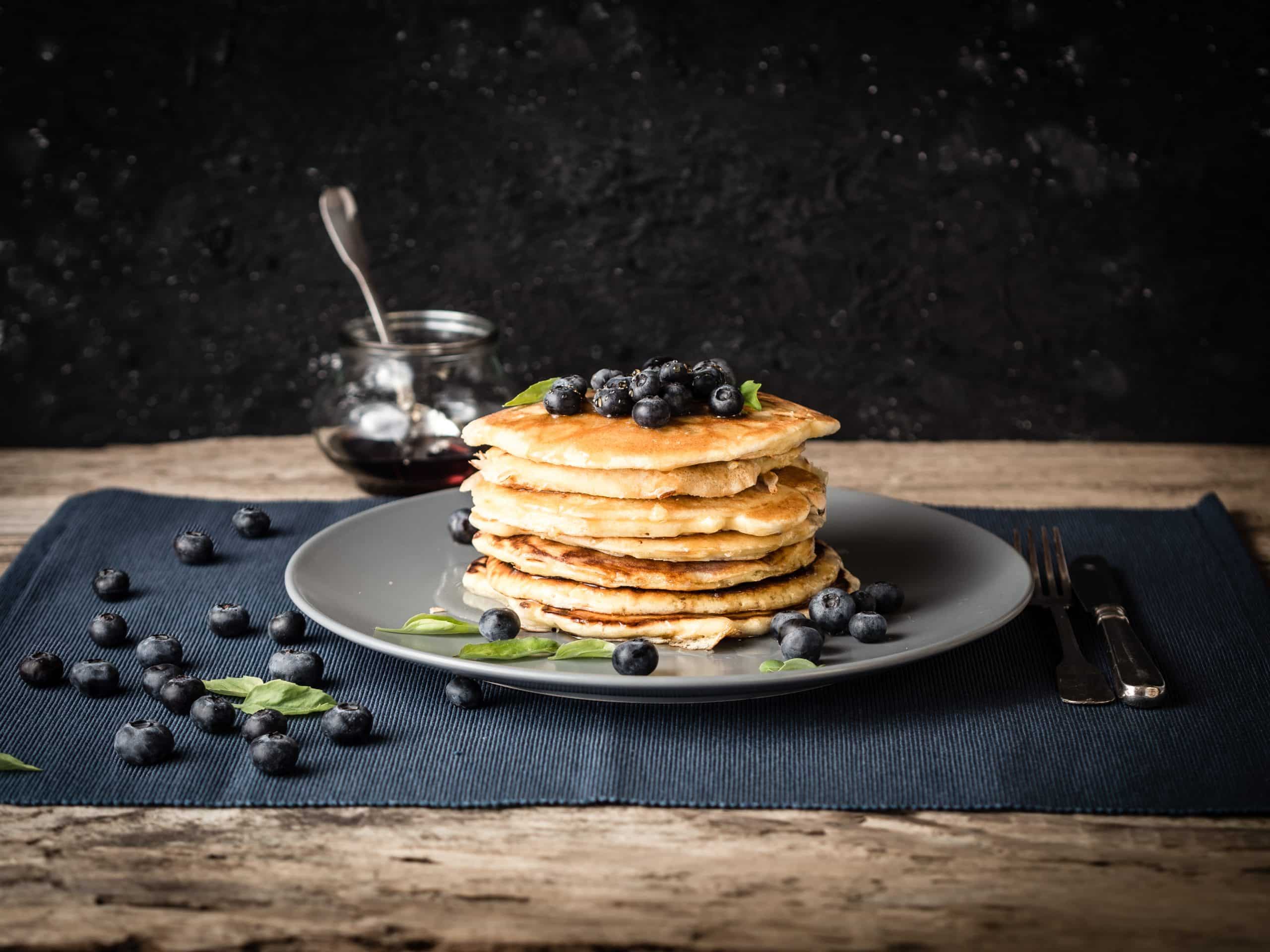Gluten is a type of plant protein that is found in wheat and its derivatives such as farro and spelt and other grains such as rye and barley. In baking, gluten is a fantastic ingredient as it helps make your dough elastic and stretchy, making your baked goods light, airy, and fluffy.
Unfortunately, despite how good gluten is for baking, some people cannot tolerate it as it triggers an autoimmune response that causes inflammation and symptoms such as fatigue, abdominal pain, diarrhea, and gas.
This is known as celiac disease and is the most common form of gluten intolerance, but there are some people with non-celiac gluten sensitivities out there too. The only treatment is to avoid gluten.
Gluten-free bread is an alternative that allows people who enjoy bread to continue consuming it without experiencing debilitating symptoms. If you are looking for a gluten-free bread recipe, read on to find some healthy, delicious, and even vegan options to try today.
What Is The Best Gluten-Free Bread Recipe?
While there are many no-gluten bread recipes, the best gluten-free bread recipe is one that is not only delicious, it also gives you light, airy bread in the end. Achieving this result with flours containing no gluten might seem tricky at first, but it is not.
What Is The Main Ingredient In Gluten-Free Bread?
As the goal is to avoid gluten in the final product, the main ingredient in any gluten-free bread recipe is the flour/starch. The main types of starch that are used in such recipes include:
- Potato flour
- Tapioca starch
- Rice flour
- Cornstarch
BetterMe app will kick you out of the mental funk, shake off your extra weight, rid you off your energy-zapping habits, and help you sculpt the body of your dreams. Intrigued? Hurry up and change your life for the better!
Which Gluten-Free Flour Is Best For Bread?
The aforementioned starches are those you will find used in many gluten-free bread recipes. However, there are other flours that you can use/experiment with, which include:
- Almond flour
- Sorghum flour
- Millet flour
- Oat flour
- Corn flour
- Chickpea flour
- Coconut flour
- Cassava flour
- Tigernut flour
- Teff flour
- Buckwheat flour
- Arrowroot flour
It should be noted that the majority of these flours cannot be used by themselves, and it is quite common for two or more of them to be mixed to make a blend that not only tastes better, but is easier to use and holds together better.
What Is The Trick To Making Good Gluten-Free Bread?
Without gluten, the baking process can be tricky and tedious and the end result can be disappointing. However, by using the following tips and tricks, the process becomes less challenging and your success rate will increase significantly:
Use room temperature ingredients
From gluten-free flours (most of which need to be stored in the fridge) to eggs and milk, you should always make sure your ingredients are at room temperature before you use them.
Bread recipes require yeast to rise – yeast grows and works well at warm temperatures. If you plan to bake, take the flour out from the fridge the night before and the eggs and milk 1 to 2 hours before you start baking.
Avoid using recipes that call for white flour
Ordinary flour and gluten-free flours are handled in very different ways. How you knead them, the amount of water required, binding ingredients, and the required for baking are all different. If you take a white flour recipe to use in gluten-free baking and simply substitute the flour, it is very likely that the final result will be quite disastrous.
Use the correct binding ingredients
As gluten-free flours don’t have gluten protein, they cannot hold together and stretch as they should. This is where binding ingredients come in. The main ingredients for binding in baking are generally eggs.
However, for a vegan gluten-free bread recipe, eggs cannot be used. In this situation, it is advised to use either xanthan gum, psyllium husk powder, or guar gum to help your dough bind.
Opt for flour with a higher protein content
More protein is not only good for your daily macros, but flours that are higher in protein are said to have more flavor and hold on to their structure better. Some high-protein flours you can use for your healthy gluten-free bread recipe include oat, sorghum, buckwheat, amaranth, teff, and millet flour.
Measure the flour the right way
When using white flour for baking, many of us will dip the measuring cup right into the bag and scoop out the flour. Do not do this when baking using gluten-free flours.
These flours compress easily so by scooping them out, you end up with more flour in the cup than you think.
Instead, it’s advisable to either use a food scale or spoon the flour loosely into a dry measuring cup and level it off with a knife
Read more: Simple And Practical Tips On How To Go Dairy And Gluten-Free.
Knead/mix the dough more than you normally would
Binding agents such as xanthan gum, psyllium husk powder, and guar gum generally require more time and kneading for them to work creating fibers that evenly spread throughout the dough and hold it together properly.
If you are using a mixer, let it run undisturbed till you see the texture of your dough change. If you are kneading by hand, knead continuously till the dough looks and feels smooth – if it still has lumps, you aren’t finished.
Do not use plain water
Instead of plain water, use something with bubbles. Carbonated water is a popular substitute, but gluten-free beer can also be used. This adds a depth of flavor and the bubbles from the liquids help make the mix light and airy.
Promote moisture retention
Gluten-free flours are notorious for not holding moisture very well. Most first-time bakers who use these flours often complain about dry bread. To prevent this, you can:
- Use more liquid than you would in normal baking
- Use olive oil as this adds moisture and flavor while giving your bread a longer shelf life
- Add a tablespoon of mayonnaise
- Add a tablespoon of fruit pectin
Do not overfill your baking tin
If you overfill the baking tin, the bread may collapse in on itself when rising and will probably not bake evenly.
Bake in a moist oven
According to Spruce Eats, most professional bakers preheat their ovens then add a shallow baking pan that is half filled with hot water on one of the shelves. This keeps the oven moist and helps the dough rise better.
Invest in a digital thermometer
In the same way you’d use a meat thermometer to ensure your steak is not undercooked or overcooked, you can use a digital thermometer to tell if your bread is well-cooked. An internal temperature of 206 °F (96.7 °C) means your bread is perfectly baked.
Will Yeast Work With Gluten-Free Flour?
Yes, it will. Yeast in gluten-free flours works in the same way as it does with white flour. It feeds on sugars in the flour, releasing carbon dioxide and helping the bread rise.
Does Gluten-Free Flour Work For Bread?
Yes, it does. These types of flour are a fantastic alternative to white flour for those who need to avoid gluten. Here are some great bread recipes using gluten-free flours;
Yeast-Free Gluten-Free Bread Recipe
If you do not have the extra 10 minutes to let your dry yeast activate (or simply do not have yeast) then this easy gluten-free bread recipe is for you.
Ingredients
- 400g plain gluten-free flour
- 1 tsp salt
- 1 tbsp caster sugar
- ½ tsp xanthan gum
- 2 tsp bicarbonate of soda
- 1 large egg (lightly whisked)
- 200 ml natural yogurt
- 100 ml milk
- 1 tbsp lemon juice
- Extra gluten-free flour for dusting
Directions
- Start by preheating your oven to 190 °C (374 °F). Take out a baking sheet and line it with baking paper.
- In a small bowl, pour in the yogurt, milk, and lemon juice, and stir them till the mixture curdles.
- In a large mixing bowl, add the flour, salt, xanthan gum, sugar, and bicarbonate of soda and mix well. Crack in an egg and then pour in the curdled mixture that you made in step 2.
- Lightly mix the dough using a spatula or wooden spoon to incorporate the ingredients.
- Dust your worktop with some gluten-free flour and pour out the flour mixture on the worktop. Lightly coat your hands with the dry flour and start kneading the dough.
- Remember that the dough starts out quite sticky, but the more you work and knead it, the less sticky it becomes. Knead it until it is smooth and then shape it into a ball. The dough should retain its shape without falling apart. It can spread a little when it is placed down but it shouldn’t break apart.
- Take your dough ball and place it on the prepared baking sheet. With a sharp knife, cut an X on the top side of the ball and sprinkle a little bit of extra flour on the dough.
- Place the baking sheet on the middle rack in the oven and bake for 30 minutes undisturbed.
- After 30 minutes, your bread should be a lovely golden brown and if you pierce it with a knife, it should come out clean – you could also use a toothpick.
- Allow the bread to cool on a rack, slice, and serve.
This recipe makes a 16-slice loaf (3)
Calories for 1 serving (1 slice): 138. Fats: 1 g. Protein: 5 g. Carbs: 27 g.
Sandwich Gluten-Free Yeast Bread
If you’ve got some yeast to spare and want a bread that works well for sandwich lunches, then this is a great and easy recipe for you.
Ingredients
- 420 g gluten-free flour blend
- 2 ¼ tsp xanthan gum
- 2 ½ tsp instant yeast
- ¼ tsp cream of tartar
- 2 tbsp granulated sugar
- 2 tsp kosher salt
- 1 ½ cups warm milk (about 95°F or 35°C)
- 4 tbsp unsalted butter (melted and cooled)
- 1 tsp apple cider vinegar
- 2 (50 g) room-temperature egg whites
- Toasted sesame seeds for sprinkling (optional)
Directions
- Grease or line a 9-inch x 5-inch loaf pan and set it aside.
- In a large bowl, mix the flour, xanthan gum, yeast, cream of tartar, and sugar. Once incorporated, add the salt and mix again.
- Slowly add in the milk, butter, vinegar, and egg whites. Make sure to add these ingredients one by one, mixing and incorporating each ingredient into the batter before adding the next one.
- If using a mixer, turn it to medium-high and allow it to run for 3 minutes. If you do not have a mixer, you can use a spatula to mix the dough or dust a worktop with some flour and knead till the dough is smooth and stretches well.
- Transfer the dough to the prepared pan. Lightly oil some plastic film and use this to cover the dough. Find a warm space in your kitchen and leave the dough to rise – this can take anything between 30 and 45 minutes
- As the dough rises, preheat the oven to 375 °F (190.5 °C)
- Once it is risen, the dough should be close to double its original size. Take a knife, cut a line at the top, and place the pan on the middle shelf of the oven.
- Leave the bread to bake undisturbed for 45 minutes to 1 hour. When the bread is cooked, its internal temperature should be 195 °F (90 °C).
- Remove the pan from the oven and allow the bread to cool while still inside the pan for about 10 minutes. Transfer the bread to a cooling rack and allow it to cool further.
- Slice and serve
This makes a 10-slice loaf (2)
Calories for 1 serving (1 slice): 237. Fats: 6 g. Protein: 5 g. Carbs: 39 g.
Gluten-Free Oat Bread Recipe
Ingredients
- 2 ½ cups oat flour
- 1 tbsp psyllium husk powder
- 2 tsp baking powder
- ½ tsp baking soda
- ½ tsp salt
- ¾ cup plain yogurt
- ¾ cup milk
- 2 large eggs
- ¼ cup canola oil
- ¼ cup honey
- 1 cup rolled oats
Directions
- Grease an 8×4 loaf pan and preheat your oven to 350ºF.
- In a blender, add the oat flour, psyllium husk powder, baking powder, baking soda, salt, yogurt, milk, eggs, oil, and honey. Blend until everything is well mixed. Make sure to scrape the sides so as not to lose any ingredients
- Add the cup of rolled oats and pulse twice. Do not blend fully, as you do not want the oats to fully break down – they help thicken the batter.
- Pour out the batter into the greased pan, put it in the oven, and bake for 50 to 55 minutes.
- At the halfway mark (25 minutes in), turn the pan and loosely cover it with some foil. At the 50-minute mark, uncover the bread and check if its internal temperature is at 200ºF (93ºC).
- If the desired internal temperature has been reached, take the bread out of the oven and allow it to cool.
- After 10 minutes, transfer the loaf from the pan to a rack and let it cool for a further 30 minutes.
- Slice, serve, and enjoy
This makes a loaf of about 12 slices (4)
Calories for 1 serving (1 slice): 216. Fats: 9 g. Protein: 7 g. Carbs: 29 g.
Gluten-Free Chocolate Cupcakes
Just because something is gluten-free, that doesn’t mean it can’t be decadent and indulgent. These cupcakes are living proof of this!
Ingredients
For the frosting
- ½ cup butter
- 1 ½ tsp pure vanilla extract
- ½ cup unsweetened cocoa powder
- 4 ½ cups powdered sugar
- ¼ cup milk
For the cupcakes
- 1 ½ cups granulated sugar
- 2 cups all-purpose gluten-free flour blend
- ¾ cup unsweetened cocoa
- 1 ½ tsp baking powder
- 1 ½ tsp baking soda
- 1 tsp salt
- 2 large eggs
- 1 cup milk
- ½ cup vegetable oil
- 1 ½ tsp pure vanilla extract
- ¾ cup boiling water
Directions
- Line two 12-serving cupcake pans with paper liners and preheat the oven to 350°F (180°C).
- Place a saucepan with water on the stove to boil
- In a large mixing bowl, whisk the sugar, flour, cocoa, baking powder, baking soda, and salt until smooth. There should be no visible lumps.
- Add eggs, milk, oil, and vanilla to this mixture and mix well until incorporated.
- Slowly stir in the boiling water – this helps activate the cocoa.
- Spoon the batter into the cupcake pans, taking care not to fill the cupcake wells completely – this will give the cupcakes space to rise without overflowing.
- Place the pans in the oven on the middle shelf and bake for 20 to 22 minutes. Prick the cupcakes with a toothpick – if it comes out dry, they are done.
- Take them out of the oven and allow them to cool completely.
- As they cool, make your frosting – add the ingredients to a bowl and beat until they reach your desired consistency.
- Once the cupcakes have cooled, add the frosting and serve.
This recipe makes 24 cupcakes. They can last for up to 3 days at room temperature or for a week in an airtight container in the fridge (1).
Calories for 1 serving (1 cupcake): 291. Fats: 10 g. Protein: 3 g. Carbs: 48 g.
Want to build an attention-grabbing bubble butt, blast away fat that’s stored in all the wrong places, spring-clean your diet, turn back the clock on your skin, skyrocket your self-confidence and shatter your insecurities? Check out the BetterMe app and set this plan in motion!
FAQs
Can you make gluten-free rye bread?
No, you can’t. A gluten-free rye bread recipe is not a real thing as rye bread is made from rye, which like wheat and barley, contains gluten. If you want to stop eating gluten, you must remove these three grains from your diet.
What is gluten-free cauliflower pizza crust?
This is a low-carb alternative to the usual white wheat flour pizza crust. To make this crust, you can simply use cauliflower (it’s a vegetable and therefore has no gluten), or add a gluten-free flour of your choice to make it more filling. If you are gluten-free and buy prepared cauliflower pizza crust, make sure you read the label carefully to make sure that it is gluten-free. Sometimes wheat flour is added to improve the texture.
Why use vinegar when gluten-free baking?
Vinegar is said to react with baking soda, releasing carbon dioxide, which helps make your dough airy.
What does egg do in gluten-free bread?
In gluten-free baking, eggs act as a binder that helps the dough stick together and maintain its shape.
Why is gluten-free bread not fluffy?
Reasons why your bread is dense include:
- Overproofed yeast
- Too much liquid in the dough
- Ingredients have not been mixed well
Read more: Is Mustard Gluten Free For Guilt-Free Pleasures?
The Bottom Line
A good gluten-free bread recipe is not the be-all and end-all of a great outcome. This type of baking requires patience and a great deal of trial and error before you master it. Don’t be frustrated if you fail the first couple of times.
As long as you use the tips and tricks covered in this article and follow the recipe instructions carefully, you should start enjoying your own homemade gluten-free baked goods in no time!
Get your personalized
meal plan!
DISCLAIMER:
This article is intended for general informational purposes only and does not serve to address individual circumstances. It is not a substitute for professional advice or help and should not be relied on for making any kind of decision-making. Any action taken as a direct or indirect result of the information in this article is entirely at your own risk and is your sole responsibility.
BetterMe, its content staff, and its medical advisors accept no responsibility for inaccuracies, errors, misstatements, inconsistencies, or omissions and specifically disclaim any liability, loss or risk, personal, professional or otherwise, which may be incurred as a consequence, directly or indirectly, of the use and/or application of any content.
You should always seek the advice of your physician or other qualified health provider with any questions you may have regarding a medical condition or your specific situation. Never disregard professional medical advice or delay seeking it because of BetterMe content. If you suspect or think you may have a medical emergency, call your doctor.
SOURCES:
- EASY GLUTEN-FREE CHOCOLATE CUPCAKES (2023, glutenfreepalate.com)
- Easy White Gluten Free Bread Recipe for Sandwiches | Tender and Springy (2022, glutenfreeonashoestring.com)
- GLUTEN FREE SODA BREAD (2020, theglutenfreeblogger.com)
- Oat Flour Bread (2021, mamagourmand.com)










